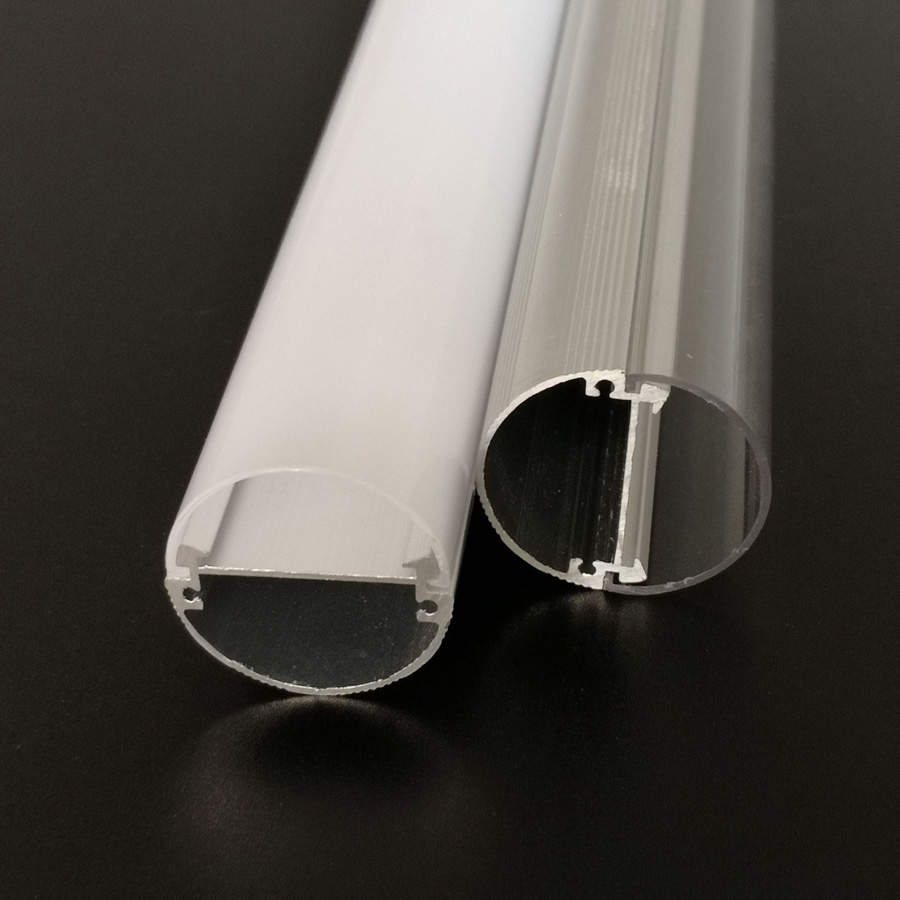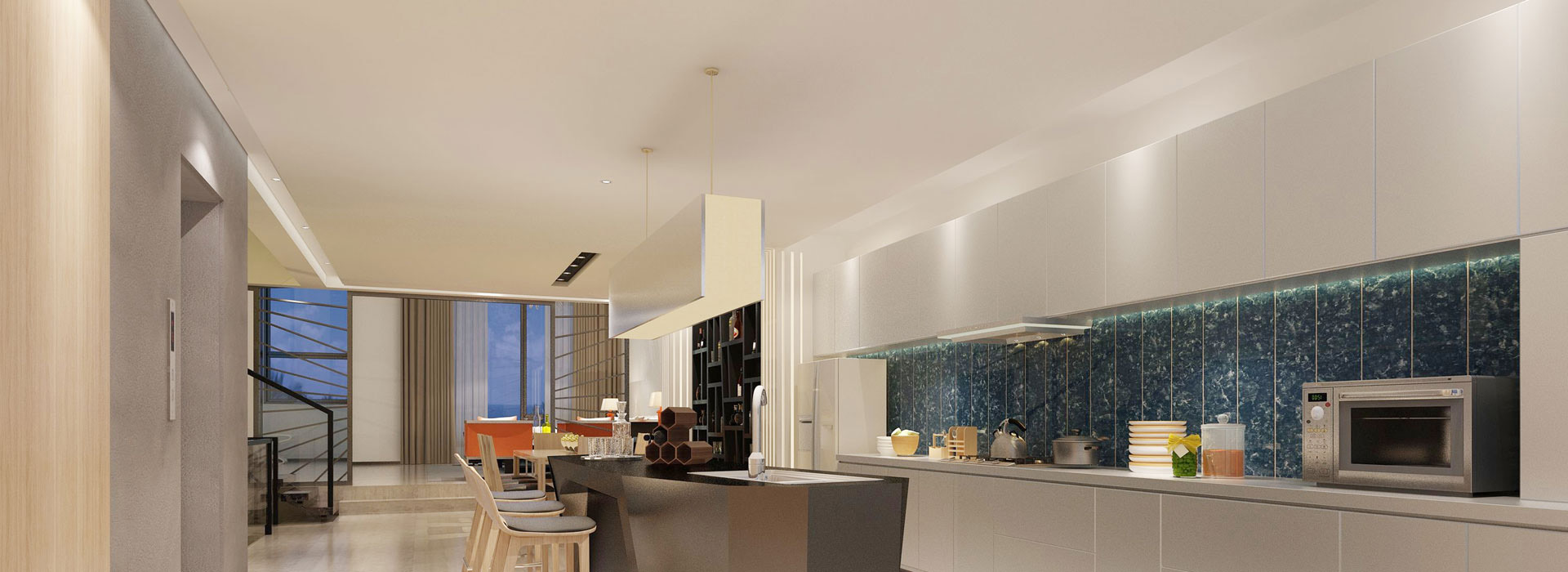- English
- Español
- Português
- русский
- Français
- 日本語
- Deutsch
- tiếng Việt
- Italiano
- Nederlands
- ภาษาไทย
- Polski
- 한국어
- Svenska
- magyar
- Malay
- বাংলা ভাষার
- Dansk
- Suomi
- हिन्दी
- Pilipino
- Türkçe
- Gaeilge
- العربية
- Indonesia
- Norsk
- تمل
- český
- ελληνικά
- український
- Javanese
- فارسی
- தமிழ்
- తెలుగు
- नेपाली
- Burmese
- български
- ລາວ
- Latine
- Қазақша
- Euskal
- Azərbaycan
- Slovenský jazyk
- Македонски
- Lietuvos
- Eesti Keel
- Română
- Slovenski
- मराठी
- Srpski језик
LED Aluminum Extrusion Process and Method
LED aluminum extrusion process and method
When the aluminum rod reaches the appropriate temperature, the extrusion speed of the aluminum profile is determined according to the temperature of the discharge port, and the temperature of the discharge port is appropriately 520-560 °C. That is to say, when the temperature of the outlet is lower than the appropriate temperature, it should be properly accelerated, and when the temperature is higher than the appropriate temperature, it should be properly decelerated. At the same time, it is necessary to ensure that the quality of the outgoing blanks is qualified. The isothermal aluminum extrusion process is a combined process of temperature and extrusion speed under the premise of keeping the temperature of the discharge port consistent.
1. First of all, to implement isothermal extrusion, the first is the gradient heating control system of the aluminum rod. The ingot temperature gradient heating is to determine the heating temperature gradient of the ingot according to the temperature difference before and after the extrusion material during the extrusion process. The gradient heating of the ingot induction furnace usually divides the heating coil into several zones along the length, and the heating power of each zone is different. For low temperature gradient heating, the temperature gradient is generally 0-15°C/100mm. Gas heating of long ingots usually adopts a gradient cooling method after heating the ingots, so that the ingots also form a temperature gradient with high front and back low in the longitudinal direction.
2. Secondly, the aluminum extrusion deceleration control is to gradually reduce the extrusion speed in the middle and later stages of extrusion to reduce the temperature rise of the extrusion material. This deceleration control is usually used for the extrusion speed control of soft alloys, and the average extrusion speed of this control method is higher than that of ordinary constant speed extrusion.
3. In addition, it is also possible to take the measures of heating the extrusion cylinder by partition. The extrusion cylinder is also provided with a cooling passage, and a spiral groove is set on the inner side of the extrusion cylinder outer sleeve (or middle sleeve) near the aluminum extrusion die, and compressed air is passed through in the middle and later stages of extrusion to take away the friction heat between the ingot and the extrusion cylinder. , so as to control the temperature rise of the ingot.
4. During the extrusion process of the aluminum profile, the temperature of the extruded material is getting higher and higher due to the friction between the ingot and the extrusion cylinder and the heat generated by the extrusion deformation. The structure and properties are not uniform, and cracks are prone to appear on the surface of the aluminum profile if the extrusion speed is too high in the middle and late stages of aluminum production.
5. In order to prevent this temperature rise, an isothermal extrusion method is proposed to keep the temperature at the outlet of the extrusion material consistent throughout the extrusion process of aluminum alloys. The isothermal extrusion method is especially suitable for the production of hard aluminum alloys such as 2000, 7000 and some 5000 series with low critical extrusion speed and some profiles with high surface requirements (solar frames, polished profiles, etc.).

When the aluminum rod reaches the appropriate temperature, the extrusion speed of the aluminum profile is determined according to the temperature of the discharge port, and the temperature of the discharge port is appropriately 520-560 °C. That is to say, when the temperature of the outlet is lower than the appropriate temperature, it should be properly accelerated, and when the temperature is higher than the appropriate temperature, it should be properly decelerated. At the same time, it is necessary to ensure that the quality of the outgoing blanks is qualified. The isothermal aluminum extrusion process is a combined process of temperature and extrusion speed under the premise of keeping the temperature of the discharge port consistent.
1. First of all, to implement isothermal extrusion, the first is the gradient heating control system of the aluminum rod. The ingot temperature gradient heating is to determine the heating temperature gradient of the ingot according to the temperature difference before and after the extrusion material during the extrusion process. The gradient heating of the ingot induction furnace usually divides the heating coil into several zones along the length, and the heating power of each zone is different. For low temperature gradient heating, the temperature gradient is generally 0-15°C/100mm. Gas heating of long ingots usually adopts a gradient cooling method after heating the ingots, so that the ingots also form a temperature gradient with high front and back low in the longitudinal direction.
2. Secondly, the aluminum extrusion deceleration control is to gradually reduce the extrusion speed in the middle and later stages of extrusion to reduce the temperature rise of the extrusion material. This deceleration control is usually used for the extrusion speed control of soft alloys, and the average extrusion speed of this control method is higher than that of ordinary constant speed extrusion.
3. In addition, it is also possible to take the measures of heating the extrusion cylinder by partition. The extrusion cylinder is also provided with a cooling passage, and a spiral groove is set on the inner side of the extrusion cylinder outer sleeve (or middle sleeve) near the aluminum extrusion die, and compressed air is passed through in the middle and later stages of extrusion to take away the friction heat between the ingot and the extrusion cylinder. , so as to control the temperature rise of the ingot.
4. During the extrusion process of the aluminum profile, the temperature of the extruded material is getting higher and higher due to the friction between the ingot and the extrusion cylinder and the heat generated by the extrusion deformation. The structure and properties are not uniform, and cracks are prone to appear on the surface of the aluminum profile if the extrusion speed is too high in the middle and late stages of aluminum production.
5. In order to prevent this temperature rise, an isothermal extrusion method is proposed to keep the temperature at the outlet of the extrusion material consistent throughout the extrusion process of aluminum alloys. The isothermal extrusion method is especially suitable for the production of hard aluminum alloys such as 2000, 7000 and some 5000 series with low critical extrusion speed and some profiles with high surface requirements (solar frames, polished profiles, etc.).




